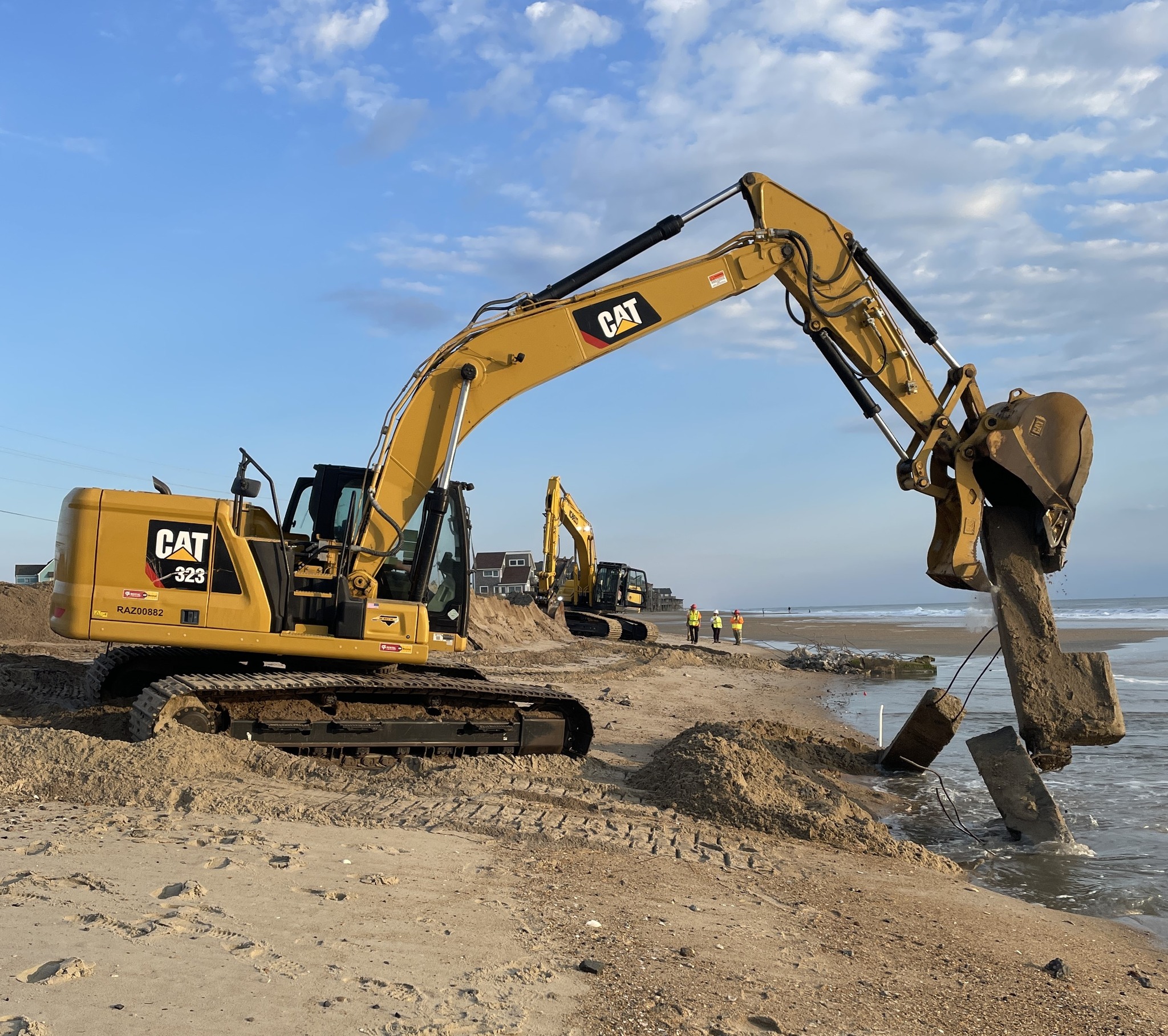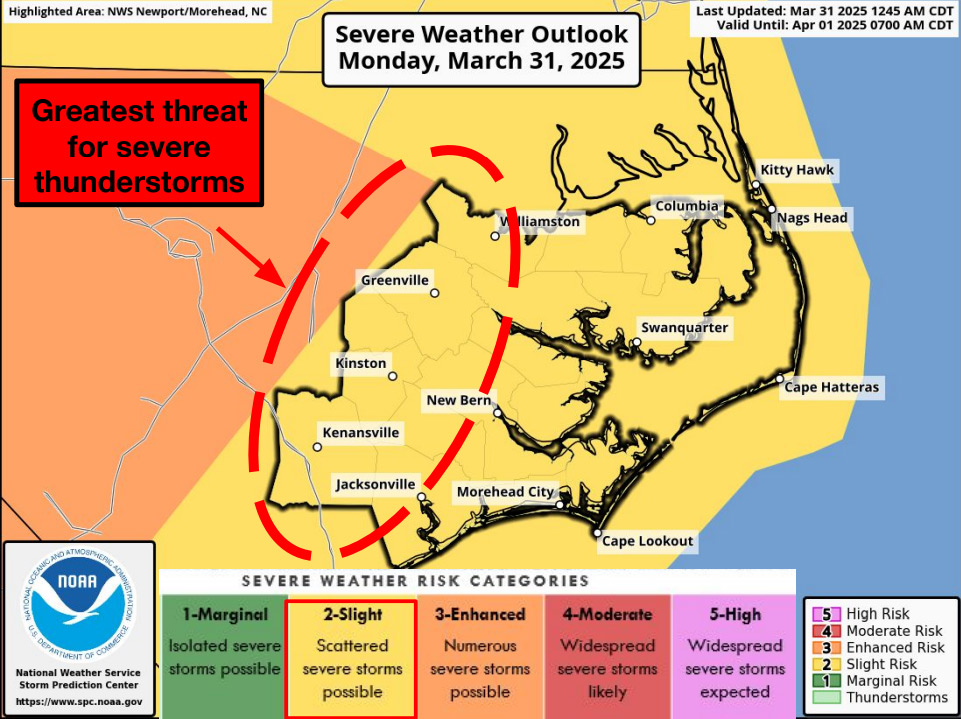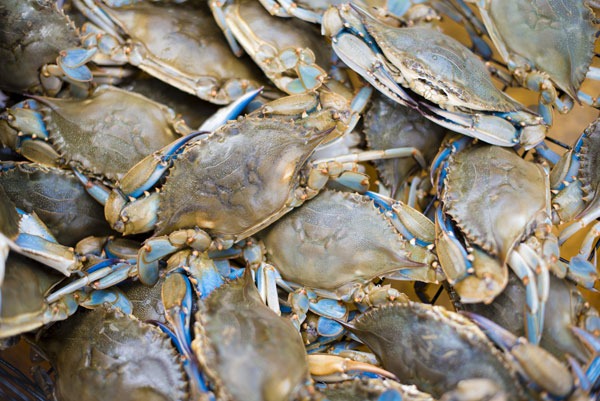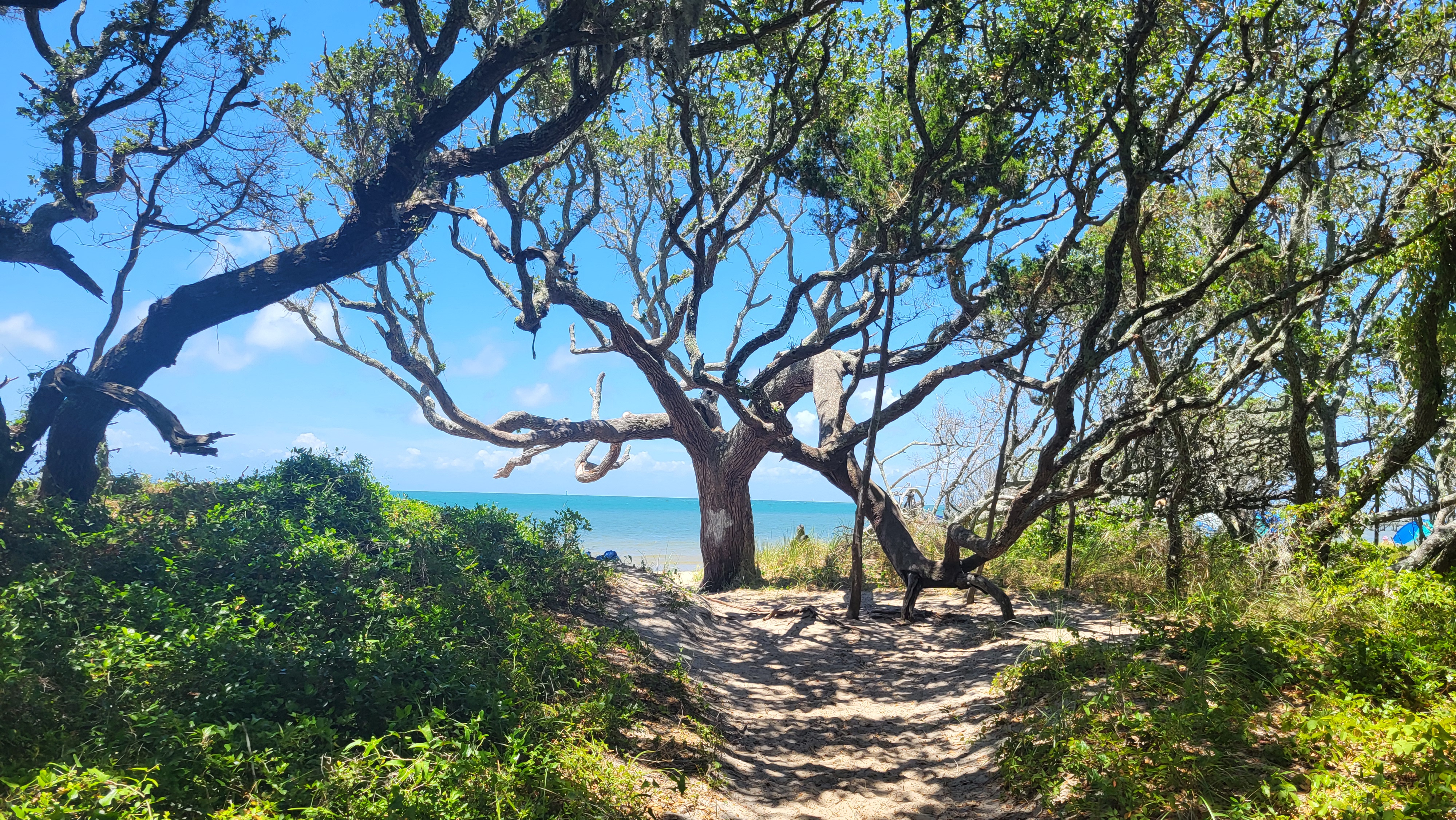Readers of the June 26, 2015 op-ed in the Raleigh, N.C., News & Observer written by the executive director of the Coastal Conservation Association of North Carolina might have the impression that the organization is all about protecting marine resources.
But the CCA’s record over the last 30 years shows a grab for the resource – working to make sure that access to the public trust resource is restricted to recreational anglers and off limits to commercial fishermen. It’s an ugly track record with calls for gamefish status for three delicious fish, which would make them off limits to commercial fishermen and remove striped bass, speckled trout, and red drum from your dinner plate.
The CCA is not an environmental conservation-supporting organization. That is simply fact and is supported by the group’s activities. Its message is always aimed at stealing away consumer access to our fisheries – they want to take it off your table!
Most of this resource’s owners don’t choose, desire, or have means to fish for their “share” of the fish. Instead, they pay for seafood at fish markets, grocery stores, or at their favorite restaurants. They aren’t buying what already belongs to them. They are paying for someone to catch it, deliver it to the docks, and make it available to them.
The N.C. Fisheries Reform Act of 1997 was enacted after more than a year of meetings of stakeholders representing commercial fishermen and the recreational sector, environmental groups, scientists and regulators who reached broad-based consensus on the future of the state’s fisheries. There was back-patting, yelling, threats, pleas, and political dialogue between the members of the groups.
Commercial fishermen knew changes were coming, and the industry trade association, the North Carolina Fisheries Association, visited with local fishing groups to find out what they wanted. Commercial fishing changes along the coast based on available species, so the replies varied with exception of one consistent request: “Make them protect and enhance water quality and habitat because, if they don’t, it won’t matter what regulations they put against us, the fisheries will die.”
The commercial fishermen knew that when water is fouled by runoff, chemicals, and pollutants from septic tanks, fish and other marine species die. And the loss of aquatic vegetation leaves juvenile fish and shrimp without a place to hide from predators – it is a death sentence. Crabs were swimming near the surface to try to get oxygen. Dead fish were floating with the current.
But it wasn’t new. In 1976, Connell Purvis and other DMF staff compiled data to identify nursery areas where finfish and crustaceans spawn and juveniles grow. The authors noted that “Extensive agricultural land clearing and drainage operations surround the area. The conversion of large areas from swamp to farmland, even though known by state officials to be economically-beneficial, caused concern about damage to the environment. Of major concern are changes in the water quality of the sounds and estuaries, caused by rapid runoff of water. Although this problem cannot be completely avoided, some of its effects can be minimized by the application of sound management policies based on water-resources technology now available.”
Fast-forward 20 years to the Fisheries Reform Act. Fishermen asked for Habitat and Water Quality Protection Plans, and all others at the table readily agreed. It was the rare point that everyone supported.
But when “mark-up” (review the draft language of the bill by stakeholders before being submitted to the General Assembly) occurred, the industry found that it had been sold out by the CCA and the environmental groups at the table.
The development and implementation of Habitat and Water Quality Protection Plans was in the draft language, but there was no “hammer” — a date for the plans to be implemented. Without that, the inclusion meant nothing.
Objection by the commercial industry was met with total silence, including from the CCA’s executive director and its lobbyist – Dick Brame and Sandy Sands, respectively.
The development and implementation of the plans was traded for something else that they wanted. A representative of one of the environmental groups weakly proclaimed that if an effective date was added to the plans, the legislation would not pass.
To say that “dog don’t hunt” is an understatement. The total membership of all the groups at the table was so large and so inclusive that the truth was that anything put forth from the group was bound to get broad acceptance in the General Assembly.
It was a decade before the plans were developed, but since then, few plans have been implemented. If the CCA was a “conservation” group, it would join the commercial fishing industry in demanding funding so that water quality and habitat can be restored.
As CCA executive director David Sneed noted in his op-ed, after eight years of no commercial harvest, the river herring fishery hasn’t rebounded.
Why would it? The same environmental issues that led to its collapse still exist – loss of habitat, decreased access to spawning areas due to the construction of dams, fishing, and increased predation due to the recovering striped bass populations. Would he like to join the commercial industry in its quest to get the water quality and habitat protection plans fully implemented so that there is a chance of recovery?
Identifying the problem with southern flounder is impossible because of the lack of sound peer-reviewed science. The problem is that there is no data from South Carolina and Georgia. And the Atlantic States Marine Fisheries Commission and the South Atlantic Fisheries Management Council won’t do a stock assessment because of budget cuts.
That suits CCA just fine because ill-informed political muscle works much better for them that solid science.
Commercial flounder fishermen are shut down at least until Sept. 1 because of interaction with federally protected sea turtles. The fact that interactions are more prevalent in recreational fisheries draws no attention.
If you doubt the facts about recreational interactions with turtles, check with the North Carolina State University veterinarian school that does the necropsies on turtles and ask about the leading cause of turtle mortality, absent disease. You’ll find that it’s monofilament fishing line.
And check with the National Marine Fisheries Service and ask for a copy of the latest turtle stock assessment. (Hint: Don’t hold your breath. There isn’t one.)
No, the CCA isn’t a conservation group.
PS: If you invite them over for dinner, padlock the refrigerator because they are after your food.
(Sandy Semans, who lives in Stumpy Point, is a retired newspaper editor and reporter who now works as a free-lance writer. Browny Douglas of Manteo is a former commercial long-lineand gill-net fisherman who continues to support the industry.)
















